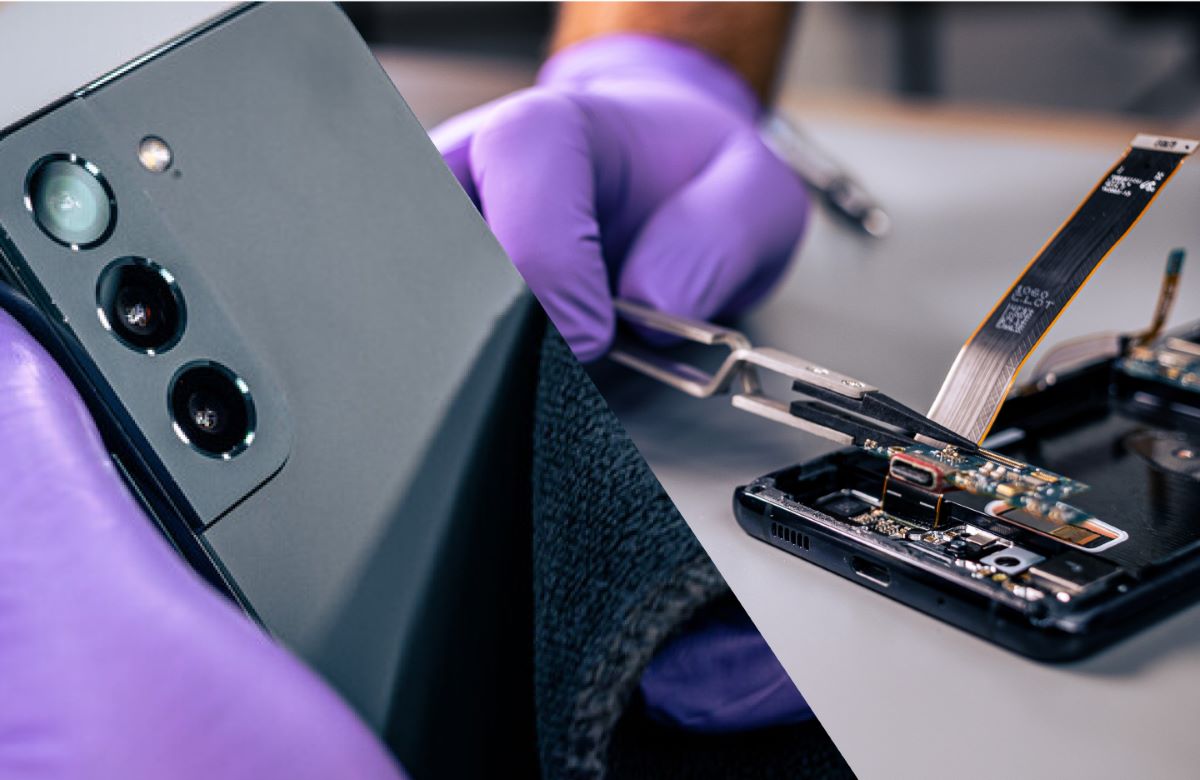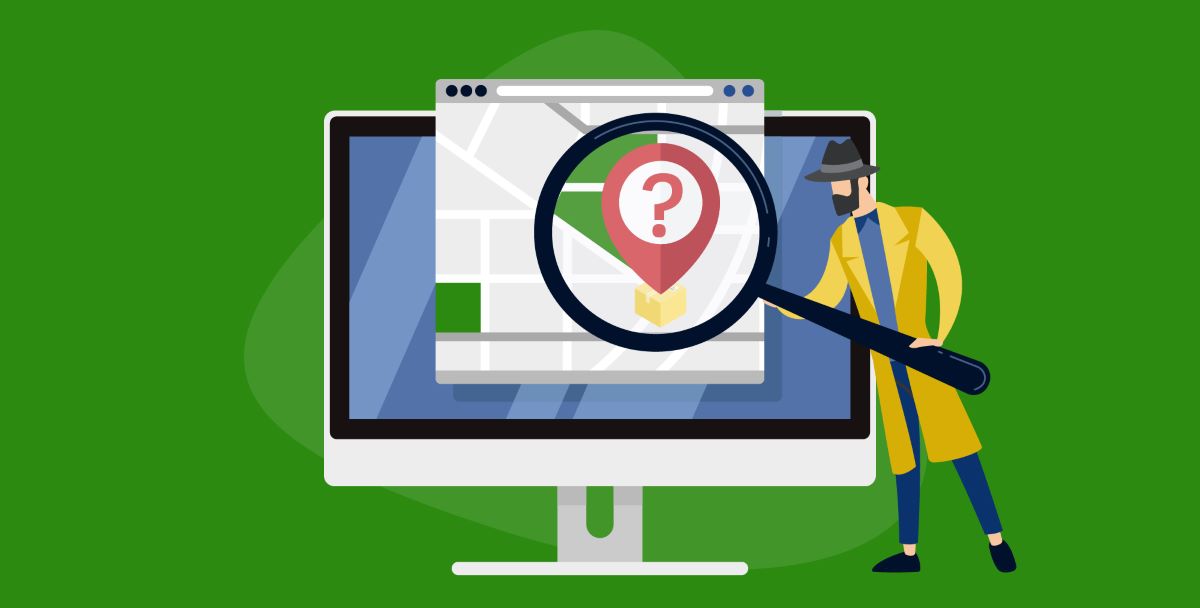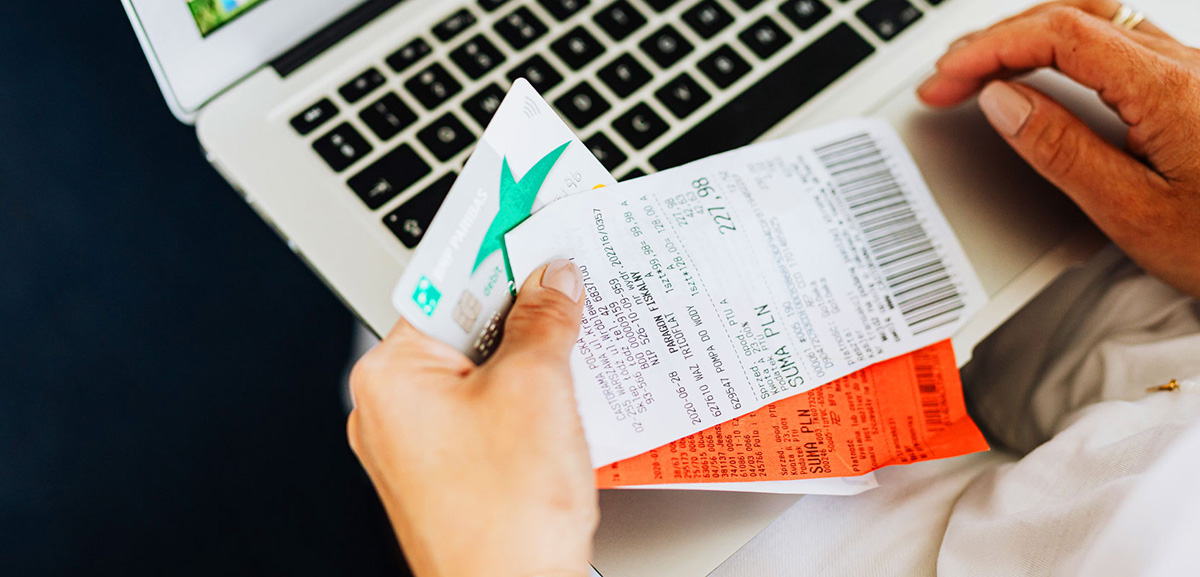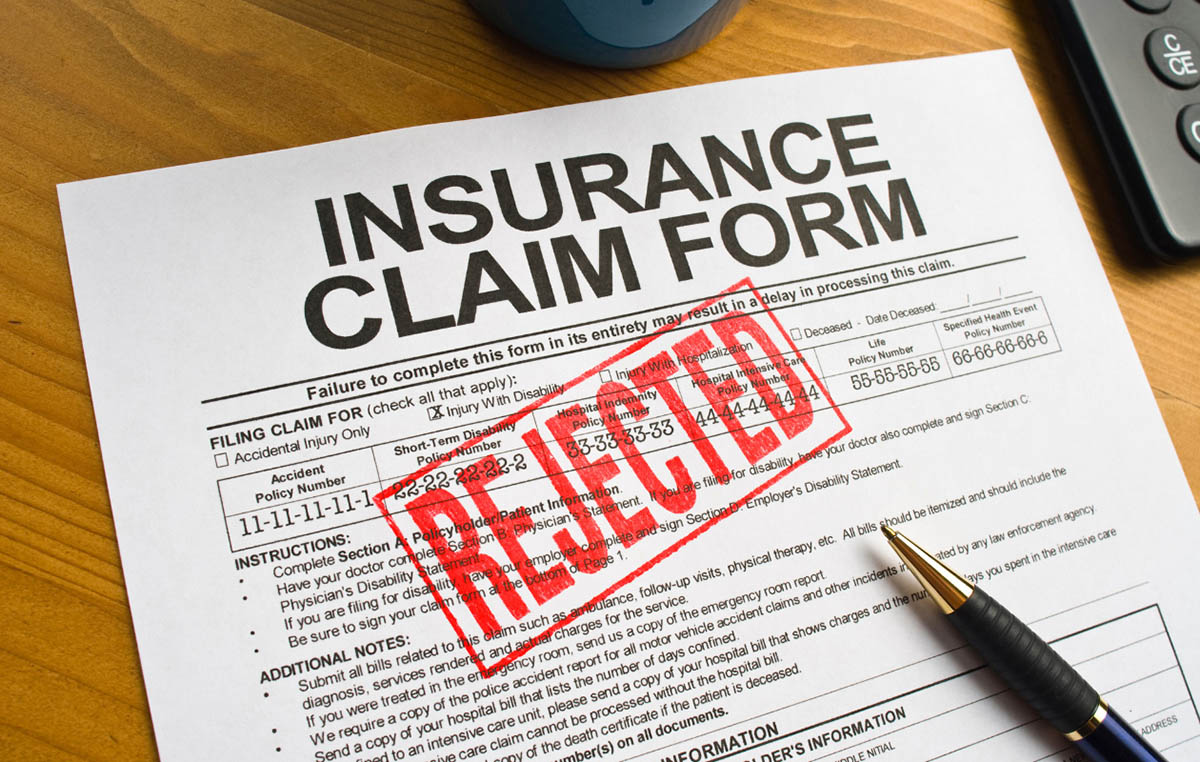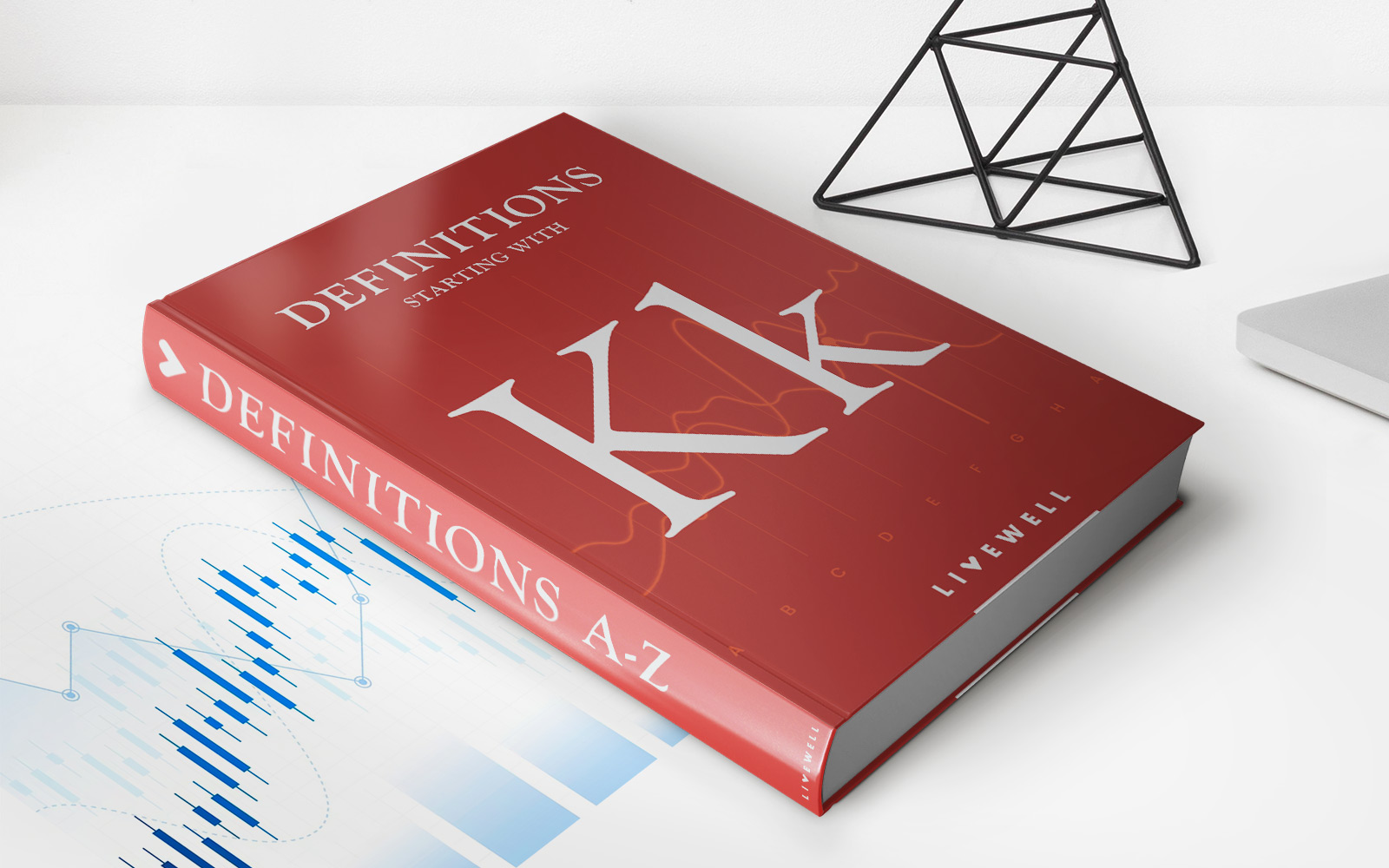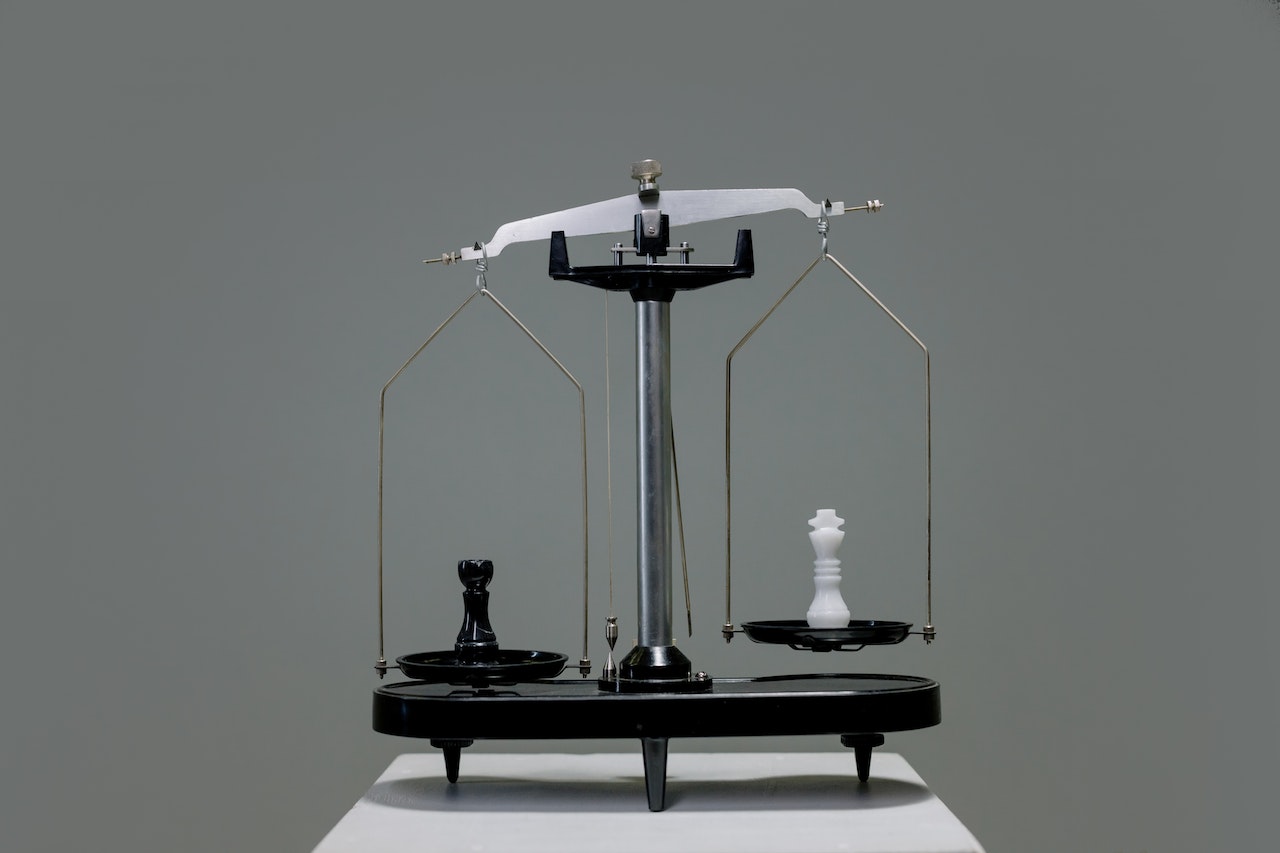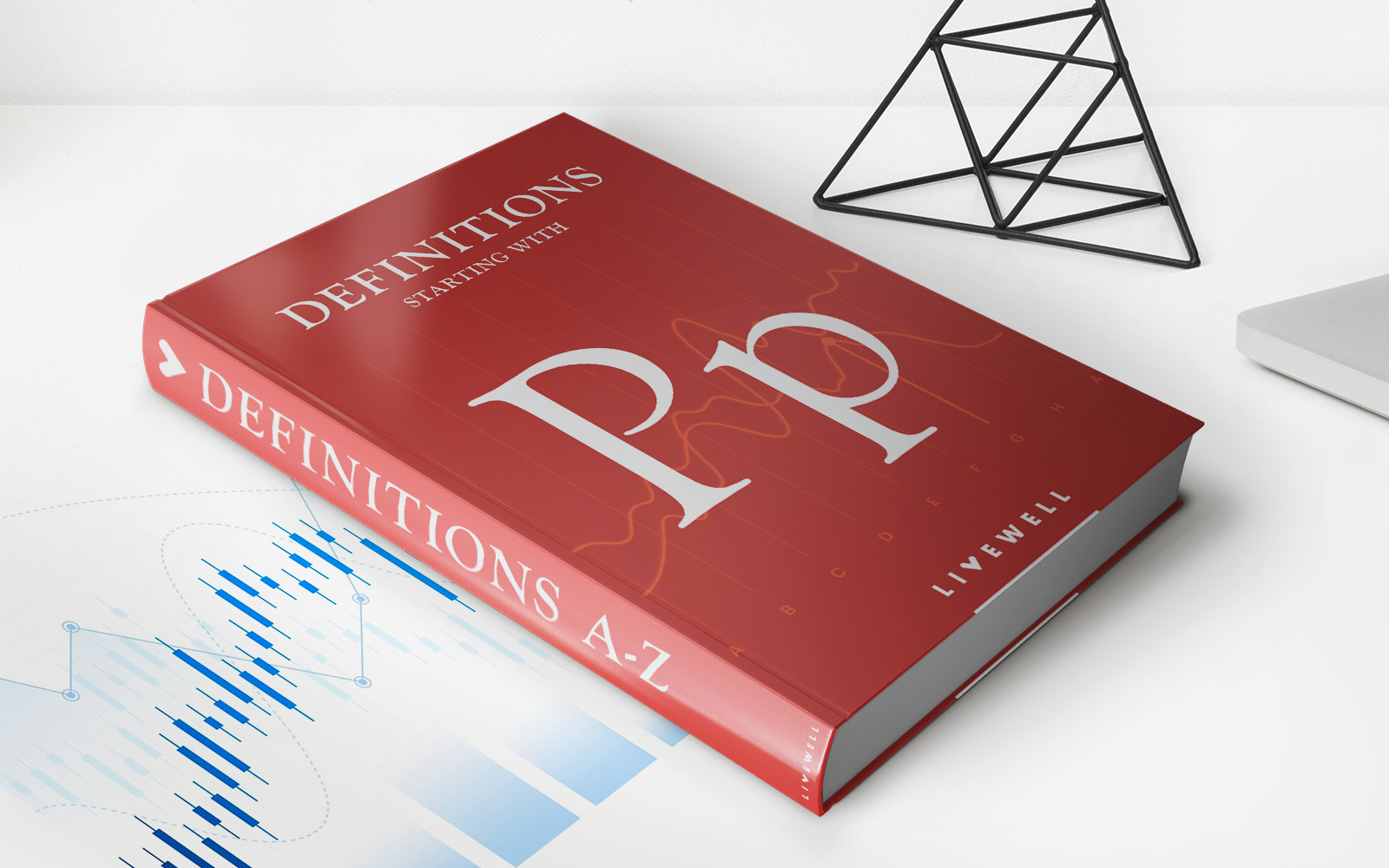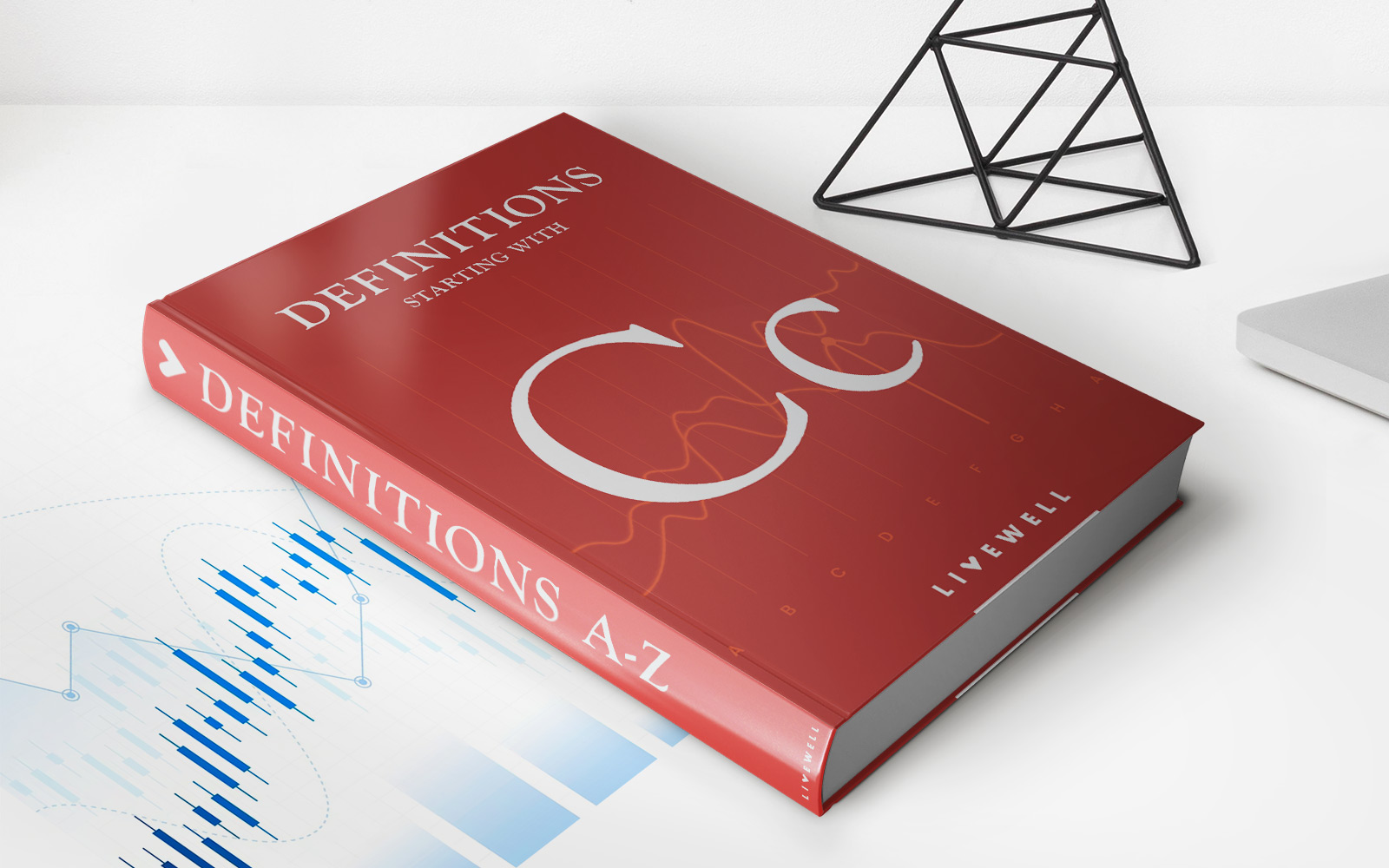

Finance
How To File A Gap Insurance Claim
Published: November 14, 2023
Learn how to file a gap insurance claim and protect your finances in case of a total loss. Get step-by-step guidance and tips on navigating the claims process.
(Many of the links in this article redirect to a specific reviewed product. Your purchase of these products through affiliate links helps to generate commission for LiveWell, at no extra cost. Learn more)
Table of Contents
Introduction
Gap insurance is a type of coverage that can provide financial protection to car owners in the event of a total loss or theft of their vehicle. While regular car insurance policies cover the actual cash value of a car, gap insurance covers the “gap” between the outstanding loan balance and the depreciated value of the vehicle. This means that if your car is declared a total loss and the insurance payout is not enough to cover your loan or lease, gap insurance fills in the remaining balance.
Understanding gap insurance and its benefits is crucial for car owners, especially those who have financed or leased their vehicles. While filing a gap insurance claim may not be a common occurrence, knowing the necessary steps and requirements can help you navigate the claim process more efficiently and ensure a faster resolution.
In this article, we will walk you through the process of filing a gap insurance claim, from understanding when it’s necessary to gathering the required documentation and submitting the claim. By following these steps, you can increase your chances of a successful claim and receive the compensation you need to cover the remaining balance on your car loan or lease.
Understanding Gap Insurance
Gap insurance, also known as guaranteed asset protection insurance, is designed to protect car owners against financial loss in the event of a total loss or theft of their vehicle. When you purchase a new car, its value begins to depreciate the moment you drive it off the lot. Most auto insurance policies only cover the actual cash value of the car, which is the car’s current market value minus depreciation.
If you have financed or leased your vehicle, there is often a gap between the outstanding loan amount and the depreciated value of the car. This gap can be substantial, especially in the early years of ownership. Gap insurance kicks in to cover this difference, ensuring that you are not left with a substantial financial burden.
While gap insurance is not mandatory, it is highly recommended for individuals who have financed their vehicles or have leased a car. Without it, you could be responsible for paying off the remaining loan balance even if your car is no longer drivable.
It’s important to note that gap insurance only covers the difference between the outstanding loan or lease amount and the actual cash value of the vehicle at the time of the claim. It does not cover any other expenses, such as deductibles or additional fees. Additionally, gap insurance typically has a maximum coverage limit, so it’s essential to review your policy to understand its limitations.
Understanding the purpose and limitations of gap insurance can help you make an informed decision when considering whether to purchase this coverage. It provides a safety net in the unfortunate event of a total loss or theft, giving you peace of mind and protecting your financial investment in your vehicle.
When to File a Gap Insurance Claim
Filing a gap insurance claim is necessary when your vehicle has been declared a total loss or has been stolen. In these situations, your regular auto insurance policy will cover the actual cash value of the car, but it may not be enough to pay off your remaining loan or lease balance.
The most common scenario where a gap insurance claim is filed is when a car has been totaled in an accident. Once your car is deemed a total loss by your insurance company, they will provide you with an insurance payout based on the actual cash value of the vehicle. However, if this payout is not sufficient to cover your outstanding loan or lease, that’s when gap insurance comes into play.
Another instance where you would file a gap insurance claim is if your car has been stolen and is not recovered. In this situation, your regular auto insurance policy would typically compensate you for the actual cash value of the vehicle based on its market value at the time of the theft. However, if this amount falls short of paying off your loan or lease, gap insurance would cover the remaining balance.
It’s important to mention that gap insurance only covers the difference between the outstanding loan or lease and the actual cash value of the vehicle at the time of the claim. It does not cover damages to the car or any other expenses related to repairs or maintenance. If your car has been damaged but is still repairable, you will need to file a claim with your auto insurance provider for those damages.
Understanding when to file a gap insurance claim is essential in order to take prompt action and prevent any potential financial burdens. If your car is declared a total loss or has been stolen, it’s imperative to assess the payout from your regular auto insurance policy and determine if there is a gap that needs to be covered by your gap insurance.
Steps to File a Gap Insurance Claim
Filing a gap insurance claim may seem overwhelming, but with a clear understanding of the steps involved, the process can be straightforward. Here are the essential steps to follow when filing a gap insurance claim:
- Step 1: Gather Required Documentation: Before initiating the claim process, gather all the necessary documents. This typically includes your gap insurance policy information, your auto insurance policy details, a copy of the police report (in case of theft), and any other relevant documentation related to your loan or lease agreement.
- Step 2: Contact your Gap Insurance Provider: Reach out to your gap insurance provider as soon as possible to inform them of your intent to file a claim. They will guide you through the process and provide you with the necessary claim forms to complete.
- Step 3: Submit the Claim: Fill out the claim forms provided by your gap insurance provider accurately and thoroughly. Be sure to include all required information, such as the details of the total loss or theft, the amount of your outstanding loan or lease balance, and any other relevant information requested in the claim form.
- Step 4: Reviewing the Claim: Once you have submitted your claim, the gap insurance provider will review the information provided. They may request additional documentation or information if needed. It’s important to respond promptly and provide any requested documents to avoid delays in the processing of your claim.
- Step 5: Receiving Compensation: If your claim is approved, the gap insurance provider will calculate the amount they will pay to cover the remaining balance on your loan or lease. Once the calculations are finalized, they will issue a payment directly to your lender or leasing company.
It’s crucial to follow these steps and provide accurate information to ensure a smooth and successful gap insurance claim process. By being proactive and organized, you can expedite the claim process and receive the compensation you need to cover the remaining balance on your car loan or lease.
Gathering Required Documentation
When preparing to file a gap insurance claim, it’s essential to gather all the necessary documentation to support your claim. Providing the correct documentation ensures a smooth and efficient claims process. Here are the key documents you should gather:
- Gap Insurance Policy Information: Make sure you have a copy of your gap insurance policy, including the policy number, coverage details, and contact information for your gap insurance provider. Having this information readily available will help expedite the claim filing process.
- Auto Insurance Policy Details: Collect your regular auto insurance policy details, such as the insurance company name, policy number, and contact information. This will help establish the coverage limits and determine the actual cash value of your vehicle.
- Proof of Total Loss: If your car has been declared a total loss, you’ll need to provide proof such as a letter from your insurance company stating the total loss determination. This can include an appraisal report, photographs, or documentation from a qualified insurance adjuster.
- Theft Documentation: If your vehicle has been stolen, you’ll need to provide documentation to support the theft claim. This can include a copy of the police report filed at the time of the theft, along with any additional information or evidence related to the stolen vehicle.
- Loan or Lease Agreement: Gather copies of your loan or lease agreement, including the outstanding balance on your loan or lease. This documentation will establish the amount that needs to be covered by your gap insurance policy.
- Prior Payment Documentation: Provide any prior payment documentation, such as the insurance settlement from your regular auto insurance provider. This will help demonstrate the actual cash value of the vehicle at the time of the claim.
- Vehicle Information: Keep records of the vehicle’s make, model, and VIN (Vehicle Identification Number). This information will be crucial for accurately processing your gap insurance claim.
By gathering all the necessary documentation, you can ensure a smooth and efficient gap insurance claim process. It demonstrates your preparedness and helps the insurance provider assess the claim accurately and provide the necessary compensation to cover the remaining balance on your car loan or lease.
Contacting your Gap Insurance Provider
When you need to file a gap insurance claim, it’s important to contact your gap insurance provider as soon as possible. Promptly reaching out to your provider will ensure that you receive the necessary guidance and information to navigate the claims process effectively. Here are the steps to take when contacting your gap insurance provider:
- Locate Contact Information: Refer to your gap insurance policy documents to find the contact information for your provider. This typically includes a phone number, email address, and website.
- Prepare Policy Details: Before making the call or writing an email, gather your gap insurance policy details, including the policy number and any other relevant information. Having this information on hand will help expedite the communication process with the provider.
- Explain the Situation: Clearly communicate the reason for contacting your gap insurance provider. Whether it’s a total loss or vehicle theft, provide a brief overview of the situation and the assistance you require.
- Follow Instructions: Listen carefully to the instructions provided by the gap insurance provider. They may guide you on the specific steps to follow, the required documents to gather, and the claim forms to complete.
- Ask Questions: If you have any doubts or concerns, don’t hesitate to ask questions. Clarify any uncertainties about the claims process, required documentation, or any other aspects of the claim. The gap insurance provider’s customer service team is there to help you.
- Document the Conversation: Take notes during your conversation with the gap insurance provider. Keep a record of the date, time, names of the representatives you spoke with, and a summary of the information discussed. These notes can be helpful for future reference and can serve as a point of reference if any disagreements or discrepancies arise during the claims process.
Contacting your gap insurance provider is an essential step in the claims process. Their guidance and expertise will ensure that you have a clear understanding of the required steps, documents, and timelines involved in filing your gap insurance claim. By taking the time to communicate effectively with your provider, you can streamline the claims process and receive the compensation you’re entitled to.
Submitting the Claim
Once you have gathered all the necessary documentation and contacted your gap insurance provider, it’s time to submit your claim. The process of submitting a gap insurance claim may vary slightly depending on the provider, but here are the general steps to follow:
- Complete Claim Forms: Your gap insurance provider will provide you with claim forms that need to be completed. These forms will require information about your vehicle, the incident that led to the claim (total loss or theft), your auto insurance details, and any other relevant information. Fill out the forms accurately and thoroughly.
- Attach Supporting Documents: Along with the claim forms, you need to attach the supporting documents that validate your claim. This may include documentation such as the total loss determination letter from your auto insurance provider, a copy of the police report in case of theft, and any other requested documentation.
- Review and Double-Check: Before submitting your claim, review all the forms and attached documents to ensure accuracy. Check for any missing information or errors that may cause delays or complications in the claim process.
- Submit Claim Documentation: Once you are satisfied that all the necessary information has been provided, submit the completed claim forms and supporting documentation to your gap insurance provider. Follow their preferred method of submission, such as mailing the documents, uploading them online, or sending them via email.
- Keep Copies: Make copies of all the claim forms and supporting documents for your records. This will serve as a reference in case any issues arise or if you need to provide additional information or clarification during the claims process.
Submitting your gap insurance claim promptly and accurately is crucial to ensuring a smooth claims process. By following these steps and providing all the required information, you increase the chances of a successful claim and expedite the processing of your claim. Be vigilant and organized in submitting the claim documentation to maximize your chances of receiving the compensation you deserve.
Reviewing the Claim
Once you have submitted your gap insurance claim, the next step is for the insurance provider to review the claim and assess its validity. This review process is essential to ensure that all the necessary documentation is in order and that the claim meets the requirements outlined in your gap insurance policy. Here’s what you can expect during the claim review:
- Document Verification: The gap insurance provider will carefully review the documentation you provided, including the claim forms, supporting documents, and any additional information requested. They will verify that all the necessary information is accurate and complete.
- Investigation (if required): In some cases, the insurance provider may need to conduct an investigation to gather additional information or assess the circumstances surrounding the total loss or theft. This may involve contacting you, your auto insurance provider, or other relevant parties to gather more details.
- Processing Time: The length of the claim review process can vary depending on the complexity of the claim, the insurance provider’s internal procedures, and the volume of claims they are handling. It’s important to be patient during this stage as the provider carefully evaluates the claim to ensure its validity.
- Request for Additional Information: If the gap insurance provider requires any additional information or documentation, they will contact you to request it. Promptly respond to their request and provide the requested information to avoid any delays in the review process.
- Communication: Throughout the claim review process, maintain open and frequent communication with the gap insurance provider. Keep track of any correspondence, including emails, letters, or phone calls. If you have any questions or concerns, don’t hesitate to reach out to the provider for clarification.
Reviewing the claim is a necessary step in the gap insurance claim process to ensure that all the information provided is accurate and in compliance with the policy terms and conditions. By cooperating with the insurance provider, promptly providing any requested information, and maintaining communication, you can help expedite the review process and obtain a resolution to your claim more efficiently.
Receiving Compensation
Once your gap insurance claim has been reviewed and approved by the insurance provider, you will be eligible to receive compensation. The compensation amount is determined based on the outstanding balance on your loan or lease and the coverage limits specified in your gap insurance policy. Here’s what you can expect during the compensation process:
- Calculation of Compensation: The gap insurance provider will calculate the compensation amount based on the outstanding balance on your loan or lease at the time of the total loss or theft. They will take into account any deductibles or limitations specified in your policy.
- Payment to Lender or Leasing Company: Once the compensation amount has been calculated, the gap insurance provider will issue a payment directly to your lender or leasing company. This payment will be applied towards the remaining balance on your loan or lease, effectively closing the financial gap.
- Confirmation of Payment: It’s important to follow up with your lender or leasing company to confirm the receipt of the payment from the gap insurance provider. This will ensure that your remaining balance is cleared and that there are no outstanding financial obligations related to your vehicle.
- Verification of Closing the Gap: Take the time to review your loan or lease statement and ensure that the remaining balance has been fully covered by the gap insurance compensation. If you notice any discrepancies or have any concerns, contact the gap insurance provider for clarification and resolution.
- Finalize any Outstanding Obligations: Even after the gap insurance compensation has been received and applied to the outstanding balance, there may still be additional obligations to fulfill, such as returning the vehicle to the leasing company or transferring the title to a salvage yard in the case of a total loss. Be sure to adhere to all contractual obligations to avoid any further complications.
Receiving compensation from your gap insurance provider is a significant relief as it ensures that the remaining balance on your car loan or lease is covered, closing the financial gap created by a total loss or theft. Stay proactive throughout the process, communicate with your lender or leasing company, and verify that all obligations are fulfilled to finalize the resolution of your claim effectively.
Final Tips for Filing a Gap Insurance Claim
Filing a gap insurance claim can be a complex process, but with careful preparation and attention to detail, you can navigate it successfully. Here are some final tips to keep in mind when filing a gap insurance claim:
- Understand Your Policy: Familiarize yourself with the terms and conditions of your gap insurance policy. Understand the coverage limits, deductibles, and any exclusions to ensure you meet the requirements when filing a claim.
- Act Promptly: Report the total loss or theft of your vehicle to both your auto insurance and gap insurance providers as soon as possible. Acting promptly ensures a smoother claims process and reduces the risk of complications or delays.
- Document Everything: Keep a detailed record of all communication, including dates, times, names of representatives spoken to, and the content of conversations or emails. This documentation can be valuable in case any discrepancies or disputes arise during the claims process.
- Be Thorough with Documentation: Gather and submit all the required documentation accurately and completely. Missing or incomplete documentation can result in delayed processing or denial of your claim.
- Follow Instructions Carefully: Read and follow the instructions provided by your gap insurance provider during the claims process. Be sure to provide any additional information or documentation requested promptly to avoid delays.
- Maintain Communication: Stay in regular communication with your gap insurance provider. Promptly respond to any requests for information or clarification and keep them informed of any updates or new developments in your claim.
- Review Claim Details: Take the time to review the details of your claim, including calculations and compensation amounts. If anything seems unclear or incorrect, seek explanation or clarification from your gap insurance provider.
- Stay Organized: Keep all your claim-related documents and correspondence in a secure and easily accessible place. This will help you stay organized and have all the necessary information readily available for reference.
- Seek Professional Assistance if Needed: If you encounter difficulties or feel overwhelmed during the claims process, consider seeking assistance from a qualified attorney or insurance professional who can guide you through the process and ensure your rights are protected.
By following these final tips, you can optimize your chances of a successful gap insurance claim. Stay diligent, be proactive, and maintain open communication with your gap insurance provider to ensure a smooth and efficient claims process.
Conclusion
Filing a gap insurance claim may seem daunting, but with the right knowledge and preparation, you can navigate the process with confidence. Gap insurance provides vital financial protection for car owners who have financed or leased their vehicles, ensuring that they are not burdened with outstanding loan or lease balances in the event of a total loss or theft.
Understanding the purpose of gap insurance and knowing when to file a claim are essential. Remember, a gap insurance claim is necessary when your vehicle has been declared a total loss or stolen, and the insurance payout falls short of covering your outstanding balance.
When filing a gap insurance claim, be sure to gather all the required documentation, including policy details, auto insurance information, proof of total loss or theft, loan or lease agreements, and any other relevant documentation. Contact your gap insurance provider promptly and follow their instructions for submitting the claim and supporting documents. Review the claim details and maintain regular communication with your provider throughout the process.
Receiving compensation from your gap insurance provider provides peace of mind that the remaining balance on your loan or lease will be covered. Verify the payment has been received by your lender or leasing company, and fulfill any outstanding obligations to finalize the resolution of your claim.
By following these steps and tips, you can confidently file a gap insurance claim and ensure that you receive the necessary financial protection and assistance in the face of a total loss or theft. Remember, each gap insurance provider may have specific guidelines and requirements, so be sure to familiarize yourself with your specific policy. Keep accurate records, ask questions when needed, and stay organized throughout the process to maximize your chances of a successful claim.
With the right approach, filing a gap insurance claim can be a streamlined and efficient process, helping you overcome financial challenges and move forward with confidence in your car ownership journey.




